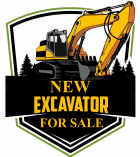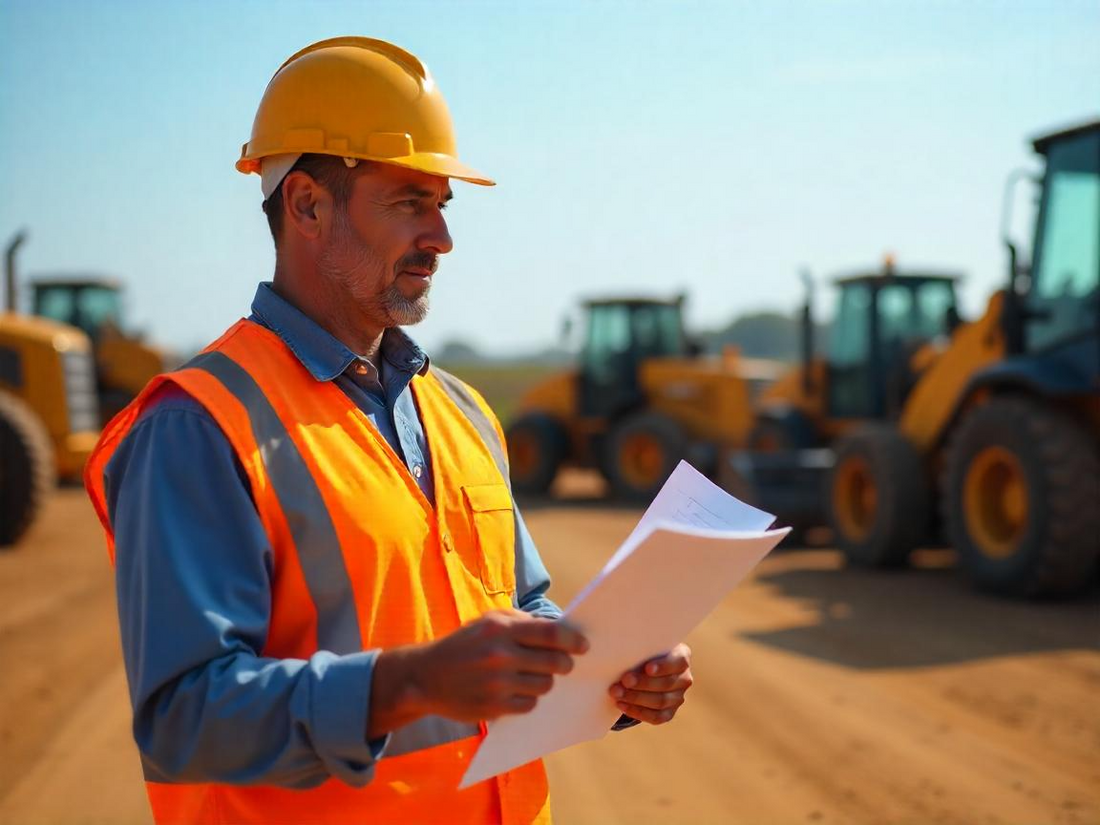Having the appropriate equipment for each activity is crucial for accuracy and productivity, whether you oversee large construction projects or work in commercial landscaping. Your team can benefit from a skid steer in almost infinite ways, particularly when it comes to material handling tasks.
These little devices, also known as wheel loaders or skid steer loaders, have two tracks or four wheels and can be equipped with a variety of attachments. Because of this, skid steers are quite adaptable and may be used for a variety of jobs.
Determine Your Needs for Material Handling
The initial step in selecting a skid steer is to assess your operation's specific needs. In particular, the size, power, and attachments you need will depend on the kinds of materials you usually transport.
To carry loose and bagged material, for example, you'll probably require a small to medium-sized skid steer with bucket and pallet attachments if you regularly transport mulch, sod, and dirt for landscaping projects. In contrast, a skid steer with a wider frame and a higher operational capacity is needed to transport much heavier goods like lumber and steel beams.
In a similar vein, consider if you usually move or lift objects, or both. Depending on whether you need to elevate material to specific heights, you can select between radial and vertical lift skid steers. A vertical lift is perfect for lifting because it can reach greater heights. A radial lift doesn't go as high and is more suited for transporting materials.
Think about Performance and Power
Skid steers' power and performance are influenced by a number of factors. Horsepower (hp) might be the first indicator that comes to mind. Engine horsepower is still crucial, but since horsepower isn't the only performance metric, it's also critical to take into account all other performance indications.
One important measure of skid steer power is breakout force, which is the most upward force a skid steer is capable of using to raise an object. It is important to take into account when choosing a skid steer because trying to surpass its breakout force could jeopardize project efficiency and damage the machine. The size, angle, and pressure of hydraulic cylinders are some of the variables that affect breakout force.
In general, heavier loads may be handled by larger skid steers. A skid steer's rated operating capacity (ROC) is the maximum weight it can support without toppling over or breaking down. Typically, this amount is calculated as 50% of the machine's tipping load. You should take into account the weights of the materials your team typically handles while evaluating the ROC that each skid steer comes with.
It is important to understand that operational weight and rated operating capacity (ROC) are not the same. The term "operating weight" refers to the weight of a skid steer when it has a full gas tank and includes an average-sized operator, typically weighing around 165 pounds. This measurement does not indicate the maximum weight of material that the skid steer can support.
Ascertain Attachment Compatibility
Most skid steers come equipped with universal attachment capabilities. This implies that, regardless of the brand or model, you ought to be able to mount practically any type of attachment to your skid steer.
However, in order to function, certain attachments need a certain level of hydraulic power. The material handling accessories you need and their compatibility with the skid steers you are considering will be important factors. Here are some of the best skid steer attachments for handling materials:
Buckets: Essential tools for material handling, buckets come in a variety of shapes and sizes, including teeth and cutting edges. They assist operators in gathering and moving loose materials such as sand, gravel, and rocks.
Forks: These add-ons are ideal for moving palletized items. For instance, you can utilize a skid steer with a fork attachment to transport pallets of bagged soil from point A to point B.
Grapples: The jaws on grapple attachments can assist users in grabbing, scooping, and moving loose objects like tree branches.
Put Operator Comfort First
Every worksite manager wants to outfit their fleets with incredibly strong and long-lasting machinery. But it's also important to consider how well your personnel know the equipment. All of the operators on your crew should be able to comfortably access the skid steer you choose.
Look for the following characteristics of the skid steer cabin:
- Adjustable seating
- Joystick controls that can be adjusted
- Several windows
- A closed-off chamber to prevent dust
- Air conditioning and heating
- A display system that includes warning indicators and rearview cameras.
- A sophisticated safety mechanism

